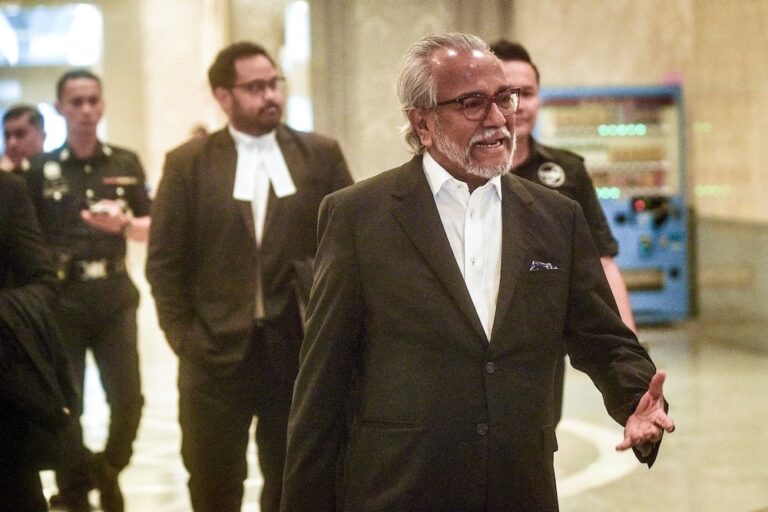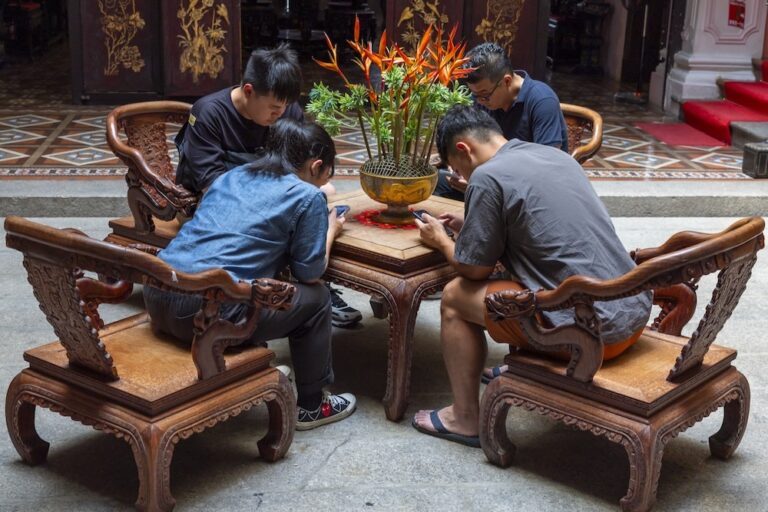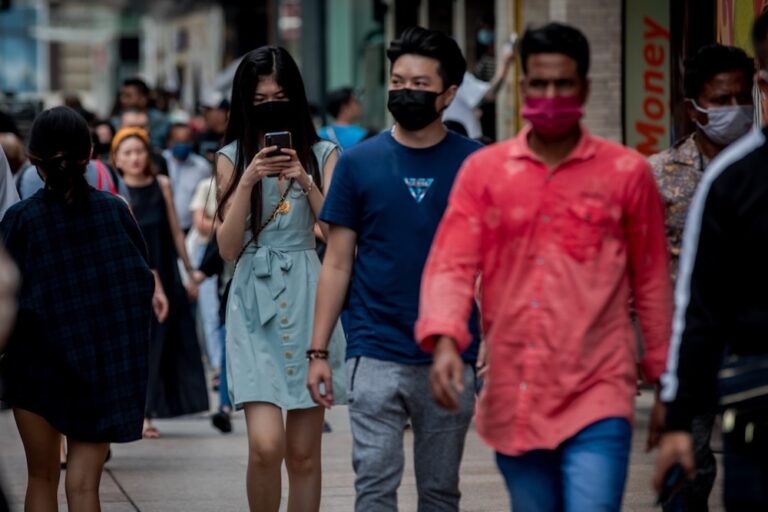(SEAPA/IFEX) – The following is a 3 September 2008 SEAPA capsule report: Journalists, photographers in Malaysia lack protection Cases of assaults and threats against journalists and photographers in Malaysia used to come and go quietly. It has become almost a tradition that mainstream print and broadcast media give minimal coverage to issues about the profession, […]
(SEAPA/IFEX) – The following is a 3 September 2008 SEAPA capsule report:
Journalists, photographers in Malaysia lack protection
Cases of assaults and threats against journalists and photographers in Malaysia used to come and go quietly. It has become almost a tradition that mainstream print and broadcast media give minimal coverage to issues about the profession, leaving the true gravity of the problem hidden from the public.
Since 2007, the Centre for Independent Journalism (CIJ) documented 12 cases of assault against media professionals. Most of these cases were given not more than 200 words when they were reported.
On 16 August 2008, two photographers, “New Straits Times Press” (NSTP) photographer Mohamad Sairien Mohamad Nafiz and Halim Berbar, a French photojournalist with the HBL Press Agency, were attacked by a group of people believed to be allied with the Permatang Pauh. Nafiz and Berbar at the time were covering the party’s nomination day in preparation for a by-election.
On 22 August, members of the Cabinet discussed the issue of the safety of media professionals, an extremely rare agenda for such a high level meeting. The day before, Berbar had gone to parliament to submit a memorandum regarding the attack against him.
“There had been more serious cases which the press would not carry. For those cases, even if they go to court, the press, as the employer, would ask the photographer to accept settlement outside the court,” said Vincent Thian Yoon Keong, photo editor for the Associated Press (AP) and president of the Malaysia Chinese Photojournalists Association (MCPA).
MCPA vice president Yau Choon Hiam said competition among the press is another reason for photographers being left with little protection.
“Should their photographers be ill treated at any of the events by big advertisers, the matter would invariably be closed. Competition makes [the media organisations] unwilling to forgo any news event or offend the advertisers,” Yau told CIJ.
An understated reason behind the minimal press coverage of attacks on media professionals has to do with the politics prevalent in Malaysia. It has been observed that newspapers affiliated with different political parties cover the cases differently, depending on which party the victim’s employer belongs to. In the case of Koh Chun Seng, a photographer with the “Guang Ming” daily, who was punched in the right ear by a United Malays National Organisation (UMNO) political party member, his story got prominent coverage in the major ethnic Chinese dailies, “Guang Ming”, “Sin Chew”, “China Press” and “Nanyang Siang Pau”, which are linked to the ethnic Chinese ruling party, the Malaysian Chinese Association (MCA).
In the English press, such as the UMNO-related “New Straits Times” (NST), coverage is sporadic. In the Malay press, where the relationship with UMNO is even closer, there is none.
Reporters and photojournalists from the Tamil dailies have also had their share of threats, having in some cases been harassed during coverage of by-election campaigns and controversial meetings involving the community.
On 12 November 2007, reporter M. Nagarajan, of the Tamil-language daily “Malaysian Nanban”, lodged a complaint with the police after receiving death threats for stories he had written about Tamil schools. This took place a week after his colleague in the southern Johor bureau, R. Raman, went into a coma after being assaulted by unidentified individuals.
In an interview with CIJ, “Malaysian Nanban” editor M. S. Malayandy said he was not sure what the reasons for the attacks were but that the cases had been reported to the press clubs. Once again, they received limited coverage by the media. The exceptions were the online news portals malaysiakini.com and indianmalaysian.com.
This points to another irony of the attention given to the assault in the town of Permatang Pauh. Since the various media and senior leaders, including the prime minister, joined in the condemnation of the assault, it is difficult not to attribute the reaction to the fact that the perpetrators are thought to be opposition supporters linked to Anwar Ibrahim’s National Justice Party (Parti Keadilan Rakyat- PKR).
By and large, real protection for journalists against physical threats remains dismal. Berbar’s memorandum may have prompted Nazri Aziz, a minister in the Prime Minister’s Department, and opposition party leaders Lim Kit Siang and Lim Guan Eng to speak unanimously for the protection of media professionals and brought the issue to the Cabinet, but the attention is focusing narrowly on the latest case. In fact, there is no pressure on the police for their seeming inaction in the rest of the cases documented by CIJ, although a police report was lodged for each.
In the cases of the “Malaysian Nanban” journalists, there has been no progress in the police investigations so far. When contacted, the police said they had questioned a few suspects but no arrests were made. While the cases drew the attention of international organisations like the Committee to Protect Journalists and the Reporters Without Borders, there was no follow-up in the local media. When CIJ has contacted the media organisations to enquire on the progress of the cases or to request to speak with the victims, there has been a discernible reluctance.
There is also little organising among the media professionals to tackle the issue. The MCPA, though it regularly issues statements on cases involving its members, has just under a hundred members. Thian, MCPA’s president, mulled over the possibility of organising a collective action, drawing from his observation of the solidarity among international media professionals. Soon after an attack on Loh Hoay Hoon, a “Guang Ming” photographer, at a PKR event in August 2008, the MCPA threatened to boycott future events held by the party.
“There are photographers, especially the younger ones, who are afraid that their rice bowl would be threatened if they stage a walkout,” said Thian.
The second hurdle is the reality of the affiliation of certain newspapers, like “Utusan Malaysia”, with the UMNO, which means that staff from those particular media outlets would probably stay away from protests if the target was UMNO.
The National Union of Journalists Malaysia (NUJM), the most obvious representative of journalists on these issues, appears disinterested in the welfare of its members.
On 18 November 2007, in responding to the attack on Koh and the recent attack in Permatang Pauh, NUJM president Norila Md Daud laid the responsibility on organisers to ensure the safety of journalists, instead of asserting the need for protection of journalists by all parties.
Yau, MCPA’s vice president, laments the fact that the safety of photographers hinges upon the media organisation.
“At the end of the day, photographers need the support from their respective media organizations for any type of collective action. At present, they are fearful of many things, the advertisers, the government and the hassle that comes along [with collective action],” he said.
This report was written in coordination with CIJ, a Kuala Lumpur-based SEAPA partner.


